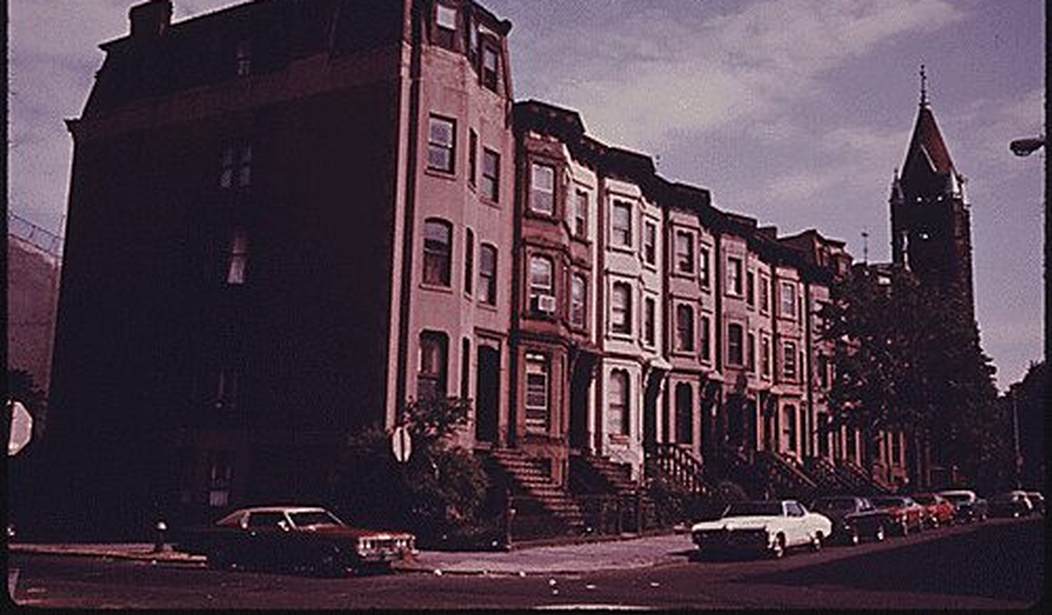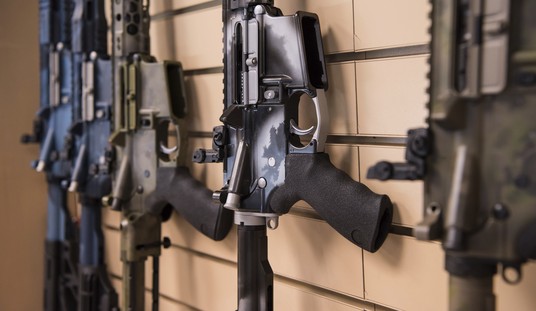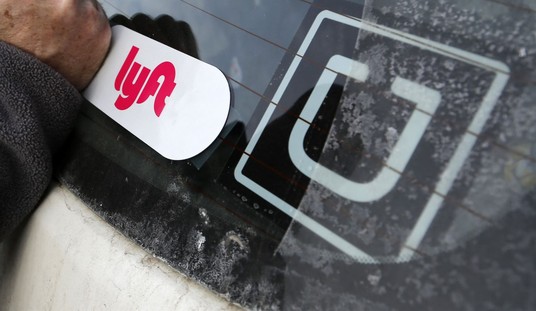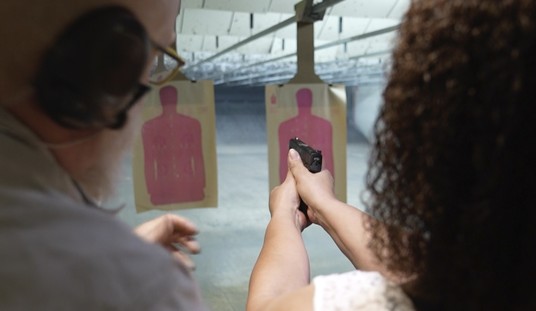Gentrifying a neighborhood is somewhat controversial. After all, as more affluent people move into a cheaper neighborhood and begin the process of making the property more valuable, it pushes lower-income folks out of the neighborhood. The gentrification process bothers a lot of folks for just that reason.
Now, there’s nothing illegal about gentrification, nor should there be. There’s nothing immoral about it, either, despite what some people might think.
But is it dangerous?
Well, most of us wouldn’t necessarily think it would be, but a recent study suggests otherwise.
City dwellers have long noticed that gentrifying neighborhoods report more gun violence. Now, a study, published in Jama Surgery earlier this year and conducted by a team of researchers at Harvard Medical School with Brigham and Women’s hospital, shows just how much – and could suggest new ways to combat gun violence.
The report found that the firearm injury incidence rate was 62% higher in neighborhoods that had gentrified between 2014 and 2019 than in non-gentrifying neighborhoods with similar sociodemographic characteristics. On top of that, it found that the gunshot injury rate was an additional26% higher in neighborhoods that were activelygentrifying. (The study didn’t specify who was committing the violence.)
Molly Jarman, a researcher and professor at Brigham and Women’s hospital and one of the co-authors on the study, says that the social disruption and residential displacement associated with gentrification might explain the findings.
“There’s evidence that communities with good social cohesion have less violence,” she said, such as when people who live near each other go to the same schools, offices or churches. But rising home prices that force longtime residents to relocate can disrupt that cohesion. “It means people who have known each other for a very long time and seen each other and understand and respect and get along are no longer seeing each other every day.”
That’s not a terrible assessment of what may be happening. After all, if you live in a neighborhood your whole life, you’re not going to target Joe from down the block because you’ve known him your entire life. Even if you don’t necessarily like him, you both know enough of the same people that you’re less likely to try and take potentially lethal action.
That guy from the next neighborhood? Oh, that’s a different story entirely, but Joe? Nah. You’ll just ignore him.
But then someone decides to start gentrifying the neighborhood.
Not only is this gentrifying soul new to the neighborhood, they’re also more affluent, thus making them a potential target for criminal acts.
The fact that it also means that not everyone in the neighborhood knows Joe means you could get away with shooting him without the same social repercussions you might have otherwise experienced.
Yet it should also be noted that the study finds this effect to be temporary. As the gentrification process continues, the incidence of violence decreased to be on par with the new socioeconomic position.
In other words, it starts resembling more middle- and upper-class neighborhoods with regard to violent crime.
So what does it mean from a “gun violence” intervention standpoint?
Well, it would probably be wise to start looking at gentrifying neighborhoods as potential hot spots requiring more police presence. It also means that those moving into those neighborhoods would probably do well to carry a firearm of their own.
I’m sure that’s not quite what the researchers would like to see, but that doesn’t make it wrong.








Join the conversation as a VIP Member